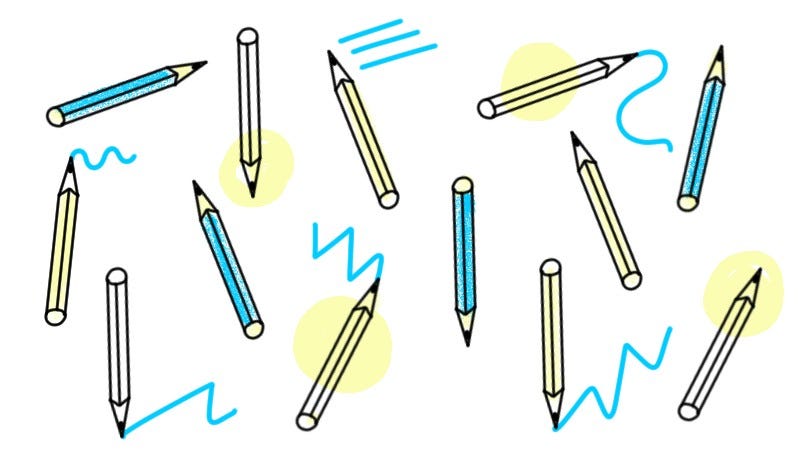Words in design, hacking emotions, Uber for business and more UX this week
What’s hot in UX this week.
What’s hot in UX this week.
If you like the links, don’t forget to 👏👏👏👏👏👏👏👏👏👏👏👏👏👏

A design career is a progression from thin markers to fat markers →
By Jorge Arango
When you’re starting out, someone else gives you direction. You’re expected to fill in the details using very fine lines. To do so, you must understand the characteristics of the materials you’re representing on the paper, whether they be code, words, images, or bricks.
Once you’ve mastered the details, you can graduate to Sharpies. You can’t get too granular with Sharpies. This is good since it allows you to focus on the relationships between elements without getting lost in the details. You now understand how things can fit together locally. You can also identify, define, and convey patterns that allow designers with finer markers to work faster.
Eventually, you move up to whiteboard markers.
Words and the design process →
When it comes to building products, some people think of content as words on screen that can be written just before launch. By Biz Sanford.
Designer junior vs. senior: what do we lack? →
An evaluation of top and bottom personal skills after working as a product designer at Uber. By Muchao
Tips for making accessibility a core design principle →
Accessibility is just as important as privacy, performance, security, usability — but for many reasons it is often left out. By Oliver Lindberg.
The most overlooked growth hack: designing for emotions →
Emotional design can make all the difference between a good product and one that users talk about to everyone. By Lisa Zeitlhuber.
Building a design system for HealthCare.gov →
Some of the biggest technical decisions made while building a design system for healthcare.gov. By Sawyer Hollenshead.
How we designed Oscar 2.0 →
The process of redesigning all of Oscar’s mobile properties, built from scratch, in react native. By Regy Perlera.
Redesigning Uber for business →
A lot of people were already using Uber on business trips — so how do you develop experiences that speak directly to those users? By Jeffrey Vanichsarn.
Without empathy, there is no solution →
Why empathy is key to solving even the most complex design challenges. By Nicole Riesenberger.
Flat UI elements attract less attention and cause uncertainty →
Many modern UIs have ripped out the perceptible cues that users rely on to understand what is clickable.
News & Ideas
The truths no one will tell you about moving to a new country
Google’s new privacy dashboard shows what Google knows about you
Google + Awwwards just created the Mobile Excellence Awards
Firsts is a collection by Time Magazine of women changing the world
Important news: Mario is no longer a plumber
The gap between design and code is getting narrower
The similarities and differences between Netflix and Spotify
For the love of God, please tell me what your company does
Mattel finally redesigned Uno for colorblind people
Do people complete forms on their phones?
The average web page is 3MB; how much should we care?
Two ways to break CSS Grid and how to fix it
Tools & Resources
ShopBot lets you retarget your website visitors via FB Messenger
Alembic extracts a color palette from any Sketch bitmap images
Process.st is a checklist for the UX Design process
Boxy is a minimal email client for Mac, built for Google Inbox
Pixelmator Pro is a pretty powerful image editing software
Hunch lets you monitor your ads performance on Slack
Bonsai centralizes programming and management of AI models
The Deck Stack: free presentation templates for download
Set Product is yet another prototyping tool for mobile devices
YourTimeZone translates your events to the recipient’s timezone
A year ago…
The (frustrating) User Experience of defining your own ethnicity →
The current standards for ethnicity categorization were created in 1977 by a US government agency, and last updated almost 20 years ago. The world has changed a lot since then: societies have become more global and diverse, and people have shifted the way they think about ethnicity or identify their own.
So why are we still accepting the same standards — and designing experiences that force people to pick from a limited number of options?
Brought to you by your friends at uxdesign.cc.



